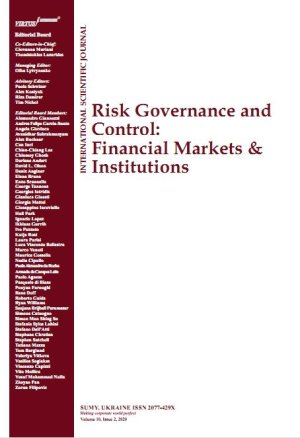
AN EMPIRICAL ANALYSIS OF FISCAL FEDERALISM IMPLEMENTATION AND OF COST ACCOUNTING IN ITALIAN PUBLIC ADMINISTRATIONS
Download This ArticleAbstract
The concept of cost has been introduced in Italian Administration since the early nineties. There is a copious legislation referring directly or indirectly, to the need, as well as to the utility of measuring the costs of public administration, in deference, to a renewed interpretation of the constitutional principle of Good Performance in pursuance of Article. 97 of the Italian Constitution. The most recent and probably the most significant intervention at institutional level, is the implementation of fiscal federalism as provided by Law. 42, 2009. The core features of fiscal federalism are the transition from
historical expenditure to standard costs as a criterion for determining financial needs of public bodies, together with the attempt to establish more meaningful accountability mechanisms, both to policy makers and to public management. The measurement of standard costs represents one of the pillars of fiscal federalism and it will be pursued using the mechanism of "best practice". Full implementation of fiscal federalism, therefore, requires the verification of the operating costs of all public administrations. According to statutory law, regions are also required to provide verification of
operating costs, for the successful pursuing of fiscal federalism. The present research is going to assess the level of diffusion of cost accounting in Italian regional public administrations. The methodology used for this paper includes the analysis of regional law as well as interviews to the officials of
accounting and auditing offices.
Keyword: Fiscal Federalism; Costs; Regional Administrations
How to cite this paper: Puntillo, P. (2012). An empirical analysis of fiscal federalism implementation and of cost accounting in Italian public administrations. Risk Governance and Control: Financial Markets & Institutions, 2(3), 64-75. https://doi.org/10.22495/rgcv2i3art5



















